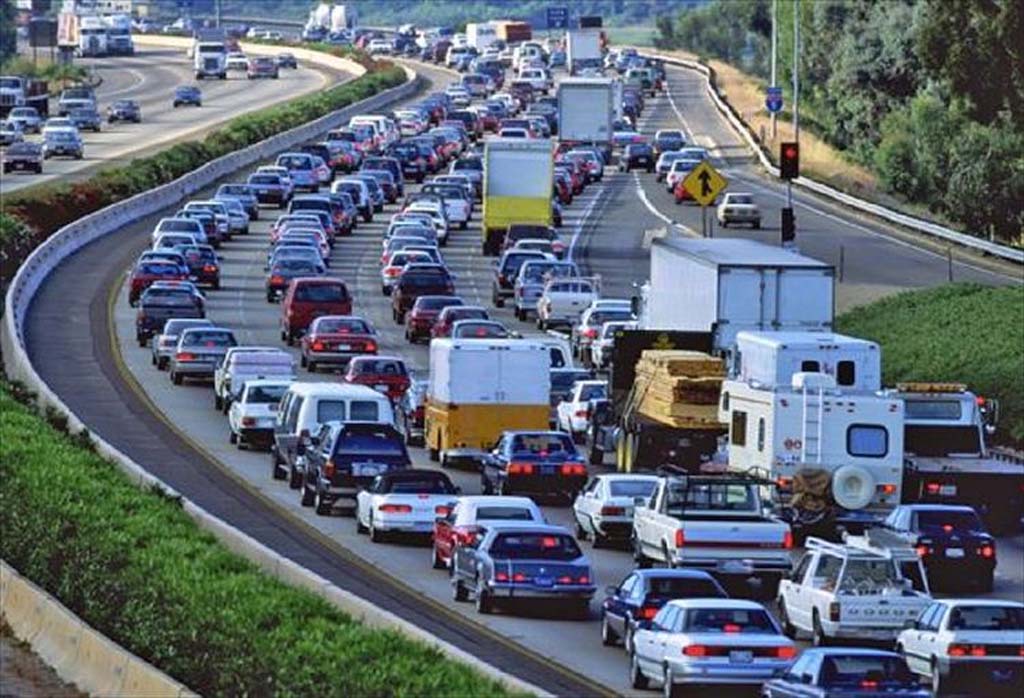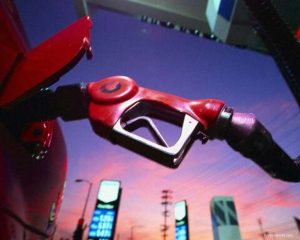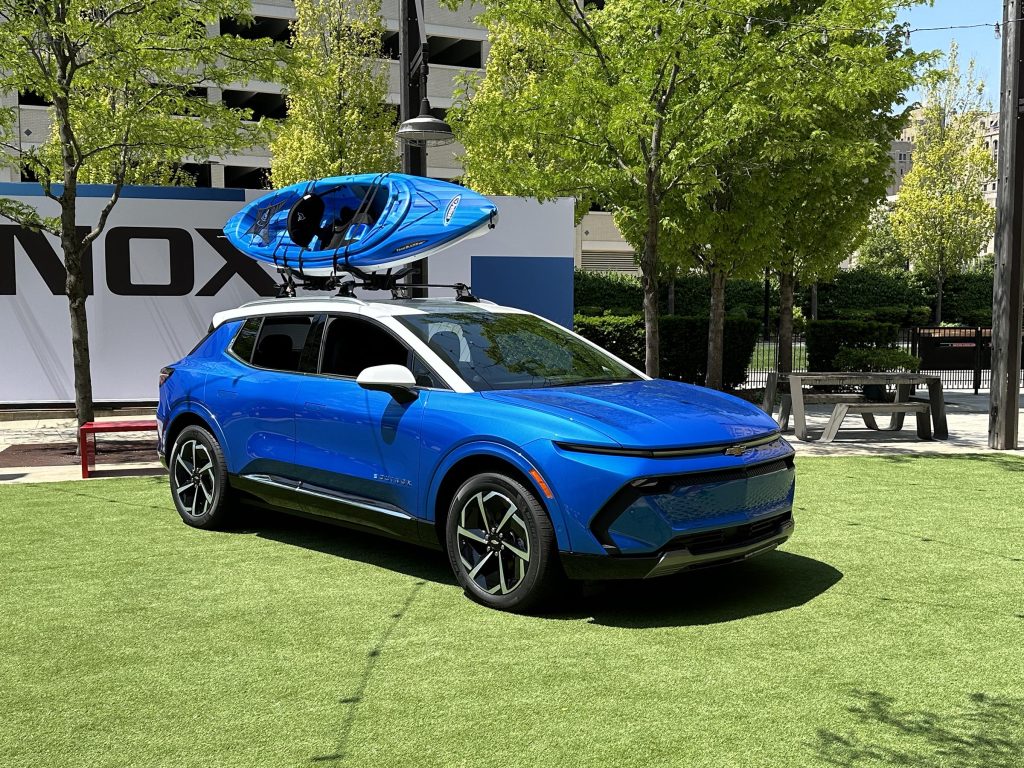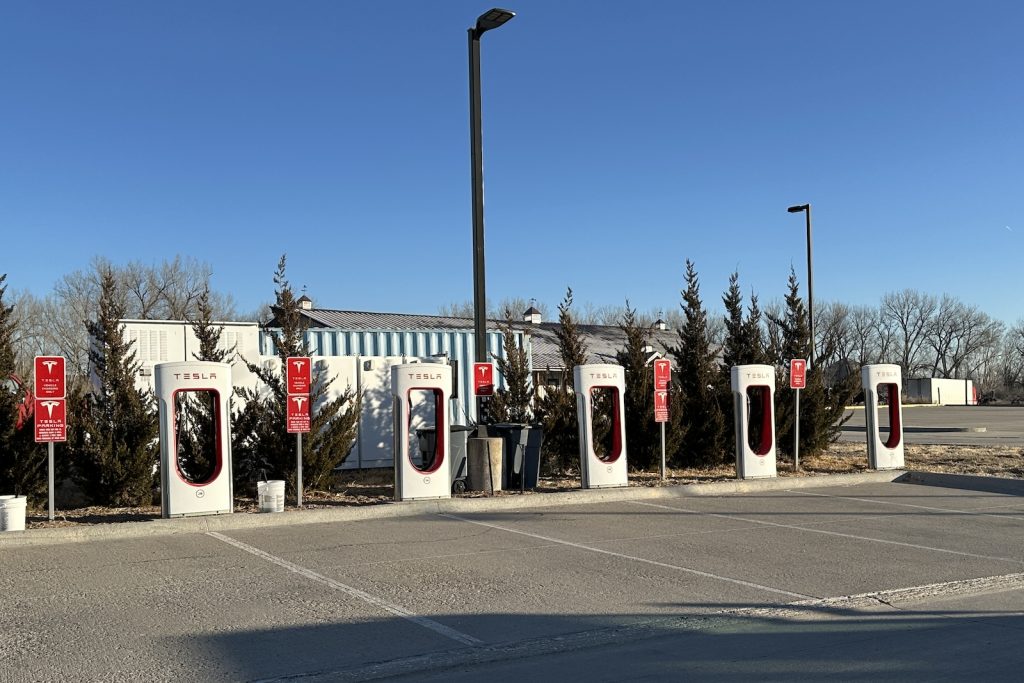Nearly 120 million Americans are expected to travel at least 50 miles over the long Christmas/New Year holiday. If you’ve been planning your own trip you might have noticed fuel prices have come tumbling down across the U.S. in recent weeks. But the Grinch might be ready to steal that early holiday present, experts noting fuel prices are starting to climb back up in many parts of the country.
With Christmas and New Year looming ahead, the price of gasoline for a holiday road trip is beginning to creep up, according to AAA, after inching significantly lower since mid-autumn.
The travel and road service this week reported the national average for a gallon of unleaded regular gas reversed course, rising two cents since last week to $3.04. That still comes in two cents lower than a month ago and four cents less than a year ago.
More price drops at pump unlikely
Andrew Gross, an AAA spokesperson, said pump prices will remain stable for the next several weeks. However, it is unlikely the price of a gallon of gasoline will go much lower, he said, as the demand for fuel remains strong despite the ongoing shift to electric vehicles. EVs, which are expected to reach about 10% of the new vehicle market by the end of 2024, have helped moderate demand for gasoline – which, in turn, contributed to lower fuel prices in recent months.
Further reducing demand, hybrid sales have risen sharply over the last several years, products like the Toyota Prius and the Ford Maverick Hybrid requiring far less fuel than conventionally powered models. According to the Energy Information Administration, EVs, along with conventional and plug-in hybrids accounted for a record 21.5% of the U.S. new vehicle market during the third quarter of 2024.
“Despite some reports to the contrary, the national average never fell below $3 this year, and it might not as a record 119 million people are expected to travel this holiday season. And 107 million will go by car, which is a lot of fueling up,” Gross said.
Hurricanes had minimal impact
The EIA reported gasoline demand rose slightly from 8.81 million barrels per day last week to 8.92 million barrels this week. At the same time, total domestic gasoline stocks rose from 219.7 million barrels to 222. But gasoline production decreased last week, averaging 9.9 million barrels daily.
The EIA also factored in the impact of this year’s hurricane season. Unlike in past years, the EIA found, the storms that devastated parts of Florida and the Carolinas had relatively modest impact on domestic oil supplies.
The unplanned outages of crude oil production in the U.S. Gulf of Mexico due to storms averaged 295,000 barrels per day in September and 110,000 in November, accounting for 16% and 5%, respectively, of total crude oil production from federal Gulf of Mexico waters in those months, it found.
The impact on consumers was muted as prices increased by a few pennies before resuming what was described as a seasonal decline.
More Consumer News
- GM Partners With Chargepoint to Launch 500 New Chargers
- Ram Again Delays Launch of All-Electric 1500 REV, Range-Extender Now Set to Launch First
- Honda Teases New EV Set to Reach Production in 2026
Buyer interest in EVs remains strong post-election
It’s not just retail sales of “electrified” vehicles impacting fuel demand. Ford Motor Co. – which has seen a surge in demand for vehicles like its all-electric transit van – expects fleet purchases to reach record levels this year. A record 90% of fleet operators with EVs report plans to add more electric vehicles in the coming year. For commercial fleets, adding electric vans and trucks is emerging as a key strategy for reducing the total cost of ownership.
Veloz, the California non-profit, promoting the use of EVs, also said a new survey indicates Americans remain interested in electric vehicles. Some 60% of Americans say that the results of the November election of Donald Trump had no impact on their interest in getting an electric vehicle, according to a new poll commissioned by the nonprofit, Veloz, and conducted by Probolsky Research in 11 states following the presidential election.
The results show that Americans continue to see the value and benefits of EV ownership,” said Josh D. Boone, Veloz Executive Director, “regardless of party affiliation.”
Shifting landscape
In a sign of the shifting automotive landscape, AAA recently began tracking the weekly price of the electricity required by EVs. This week the national average per kilowatt hour of electricity at a public EV charging station remained steady at 34 cents, according to AAA.
Depending on a variety of factors, including vehicle size, weight and performance, EVs can get anywhere from a low of about 1.5 miles per kWh up to around 5 for the most efficient models. At an average of between 2.5 and 3 miles per kWh, that works out to around 10 to 14 cents per miles, a bit lower than the cost of running on gasoline on a comparable vehicle basis. Charging at home, however, typically lowers energy costs by as much as two-thirds.











0 Comments